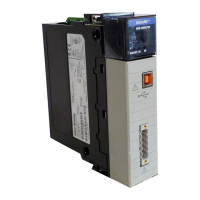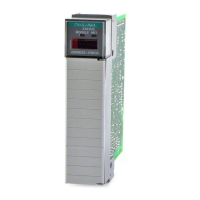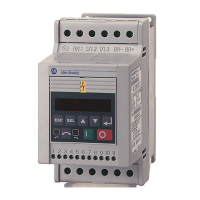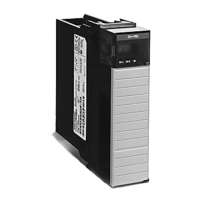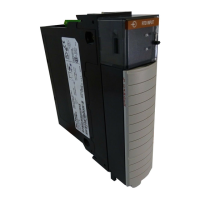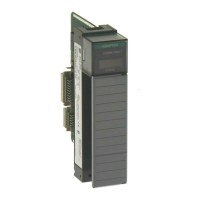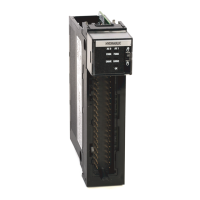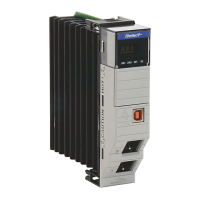3–18 Configuring Through DeviceNet Manager Software
Publication
1756–6.5.15 – July 1998
You can map input data using up to four map segments.
5. Click on the desired input data’s location in the Map Data To
drop list.
This indicates to the communication module which type of
message will arrive – strobe, poll, change-of-state, or cyclic. This
entry must match the type of communication you chose when
defining the device’s communication characteristics in the Edit
I/O Parameters screen.
6. Enter the location of the input data by indicating where in the
DeviceNet message to begin mapping input bits in the Byte and
Bit edit boxes.
You need to indicate the exact byte and bit location.
7. Click on the desired location in your communication module’s
memory where you want to store the input data in the Map Data
From drop list.
8. Enter the input data’s mapping location by indicating the word
and bit at which the data begins in your communication module’s
memory in the Word and Bit edit boxes.
9. Enter the size of the input data you are mapping to the location in
the Map Data To field in the No. Bits edit box.
Important: The input value must be equal to or less than the
strobe, poll, change-of-state, or cyclic receive
value entered when defining communication
characteristics in the Edit I/O Parameters screen.
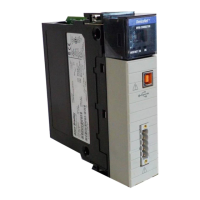
